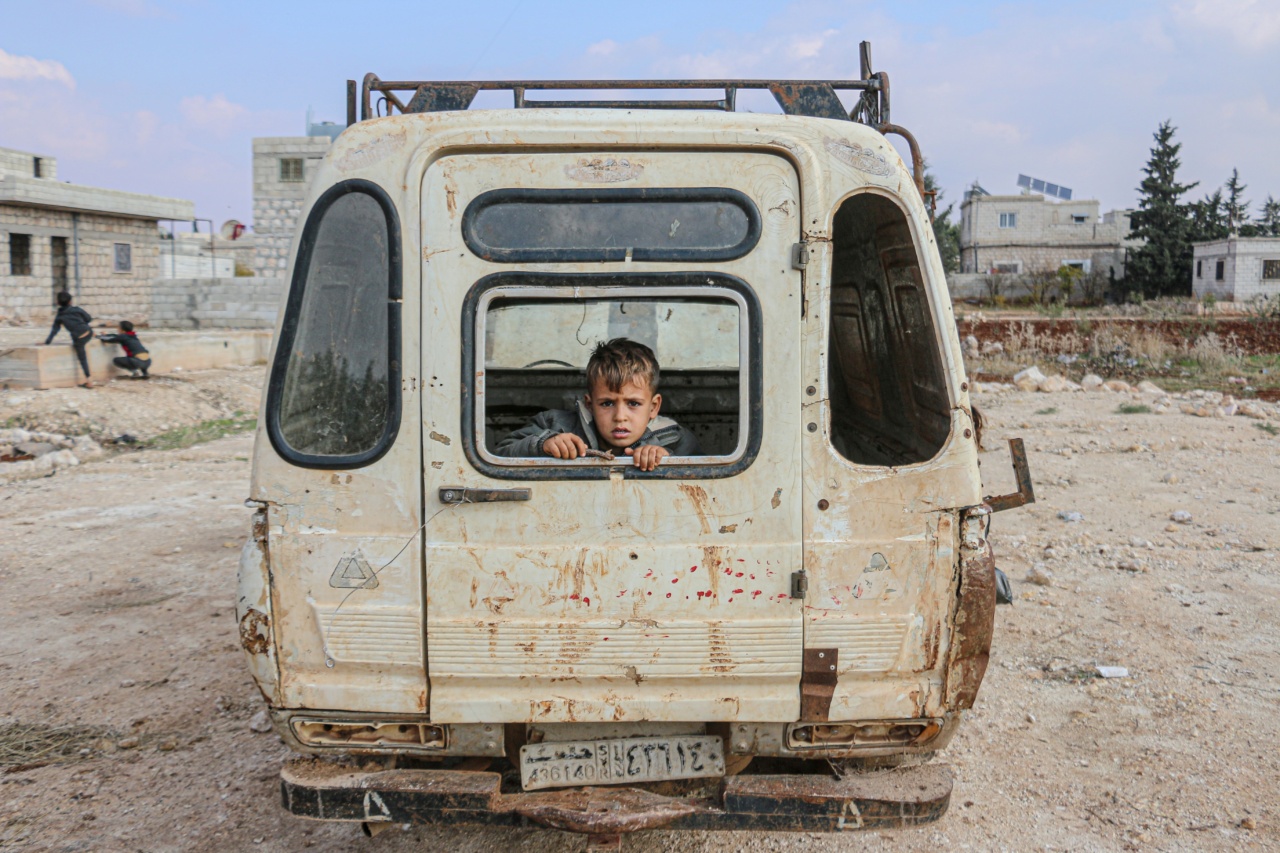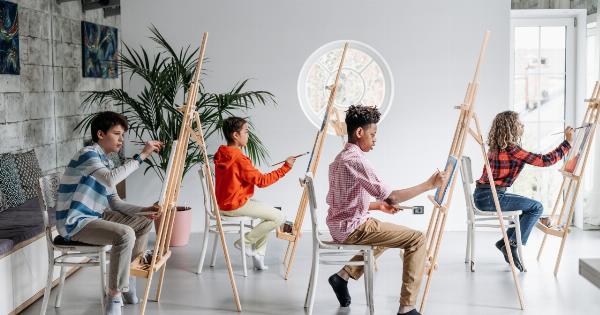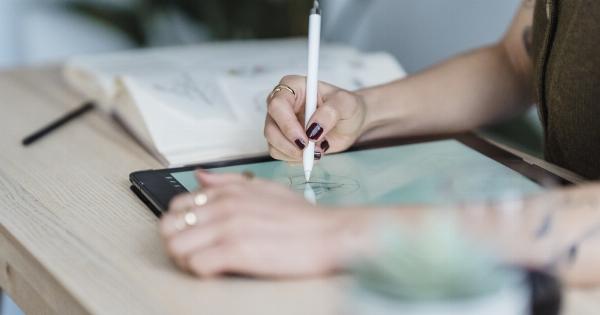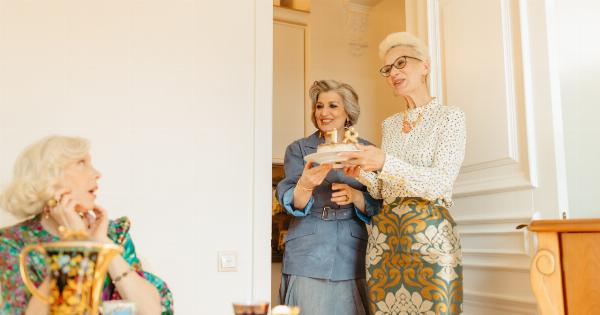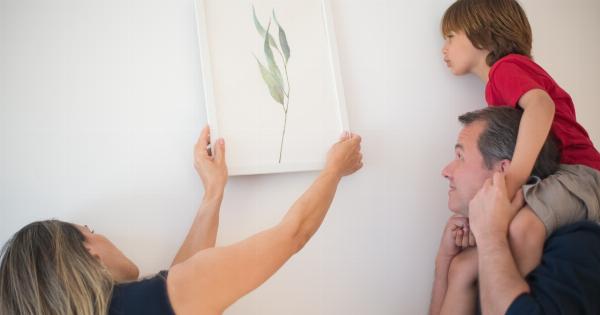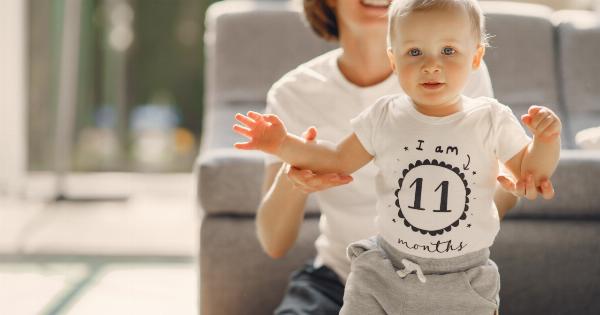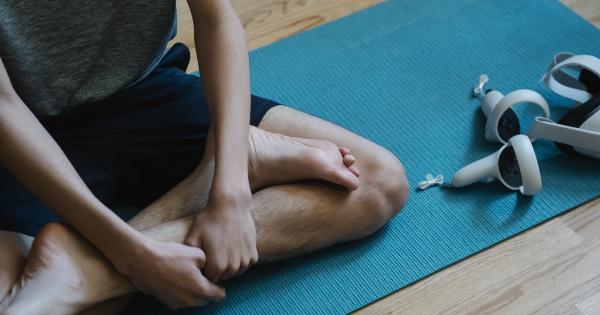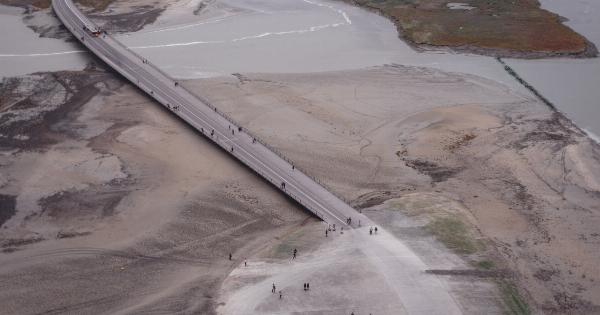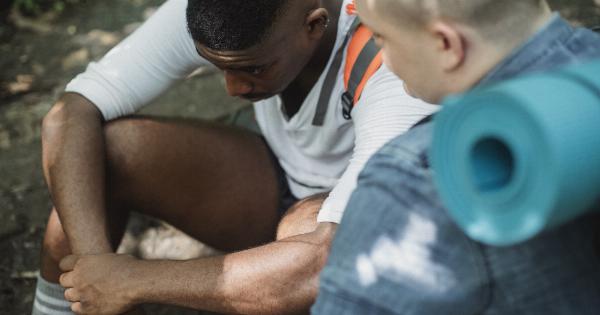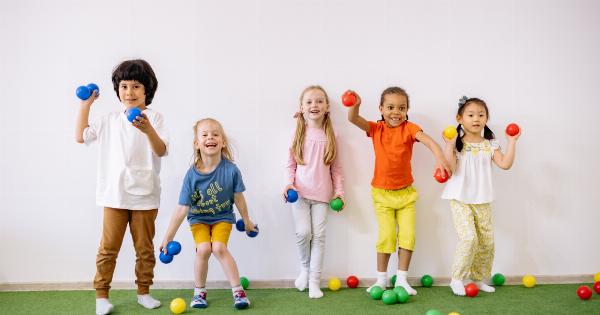War is a devastating reality that affects countless lives around the world. While its impact on adults is widely acknowledged, the perspective of children caught in the midst of war often goes unheard.
However, a powerful medium has emerged that allows these young victims to express their experiences and emotions: painting.
The Healing Power of Art
Art has long been recognized as a form of therapy and self-expression. For children living in war-torn regions, painting offers a creative outlet to cope with their traumatic experiences.
Through colorful strokes of paint, these young artists can convey their thoughts, fears, and hopes, often with striking clarity.
Raw and Unfiltered: Unveiling the Brutal Realities
What makes these children’s paintings particularly striking is their rawness and unfiltered depiction of the brutal realities of war.
Unlike staged photographs or political commentaries, the art created by these young souls offers a firsthand account of what they have witnessed and endured. The authenticity of their paintings allows viewers to truly grasp the harshness and human cost of armed conflicts.
Witnessing Loss: Paintings that Break Hearts
Within these children’s art, one recurring theme is the depiction of loss. Whether it is the loss of their homes, family members, or innocence, the grief-stricken strokes speak volumes.
The paintings often portray demolished buildings, severed limbs, and tear-stained faces, effectively capturing the tragic consequences of war.
A Plea for Peace: Hope Amidst Desolation
Despite the grim subject matter, some of these paintings also manage to convey a glimmer of hope amidst the desolation. Amidst the destruction, children often depict symbols of peace, such as doves or olive branches.
This serves as a powerful reminder that even in the darkest of times, there is always a yearning for peace and an innate desire for a better future.
Amplifying Voices: Exhibitions and International Recognition
The art world and humanitarian organizations have taken note of the power behind these children’s paintings. Numerous exhibitions have been organized to showcase and raise awareness about their work.
The international community has also recognized the value of these young artists’ voices, with their art being displayed in museums, galleries, and even embassies around the world.
Art as a Catalyst for Change
It is evident that these children’s paintings have the ability to evoke strong emotions and raise awareness about the harrowing consequences of war. But is there a larger impact beyond the immediate response? Can art truly drive change?.
Many believe that the answer is a resounding yes. These paintings can serve as a catalyst for change by placing the realities of war at the forefront of public consciousness.
The emotional impact created by these artworks can motivate individuals, governments, and organizations to take action, whether it is through increased support for humanitarian aid or intensified peacekeeping efforts.
Inspiring Empathy and Compassion
Through the power of visual storytelling, the paintings by children expose audiences to the lived experiences of those affected by war. This exposure humanizes the conflict, putting names and faces to the often faceless victims.
By fostering empathy and compassion, these paintings have the potential to break down barriers and promote understanding across cultures and borders.
Social and Emotional Development
Creating art also has a significant impact on the social and emotional development of children who have experienced war. Painting allows them to process their emotions, alleviate stress, and find solace in their own creativity.
Moreover, art provides a safe space for self-reflection and expression, granting these young artists a sense of agency and control in a world that often feels chaotic and unpredictable.
An Unfiltered Glimpse into a World of Despair
As the paintings by children gain more visibility, it becomes increasingly important to recognize the underlying message they convey. These artworks demand attention, shedding light on the forgotten victims of war and urging society to take action.
The unfiltered glimpse into a world of despair provided by these paintings forces us to confront our collective responsibility in preventing further suffering.
From Canvas to Policy: Translating Art into Action
While raising awareness is a vital step, the true impact of these paintings lies in their ability to spark tangible change.
By translating the emotions and stories depicted in the art into policy initiatives, practical solutions can be enacted to alleviate the plight of children affected by war.
Education and Rehabilitation
One key area where immediate action is needed is in education and rehabilitation. Children who have witnessed the horrors of war often face significant barriers to accessing quality education and the necessary psychological support.
By incorporating the insights gained from these paintings, policies can be crafted to ensure that these young individuals are given the resources and opportunities needed to rebuild their lives and shape a brighter future.
Investing in Prevention
Efforts must also be directed towards preventing armed conflicts and fostering lasting peace. The powerful imagery captured in the paintings by children acts as a constant reminder of the urgent need for conflict resolution and diplomacy.
By making a conscious investment in peacekeeping efforts, nations can work together to build a world where children can grow up without the fear of losing everything they hold dear.
Empowering the Next Generation of Artists
Finally, it is crucial to empower more children to use art as a means of self-expression and healing.
By providing platforms, resources, and art education, we can amplify the voices of these young artists and enable them to contribute to meaningful social change. The potential of their artwork to inspire empathy and drive action should not be underestimated.
A Call to Action: Acknowledging the Power of Children’s Art
The paintings by children that expose the brutal realities of war demand not only our attention but also our action.
By acknowledging the power of their art, we can pave the way for a world where the devastating impact of armed conflicts is minimized, and the voices of young victims are amplified. Let us heed the call and work together to create a more peaceful and compassionate future.
